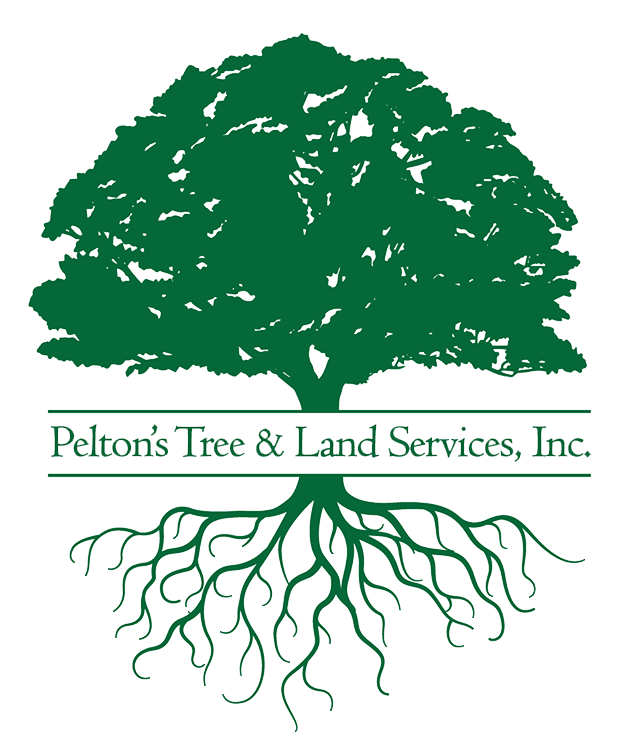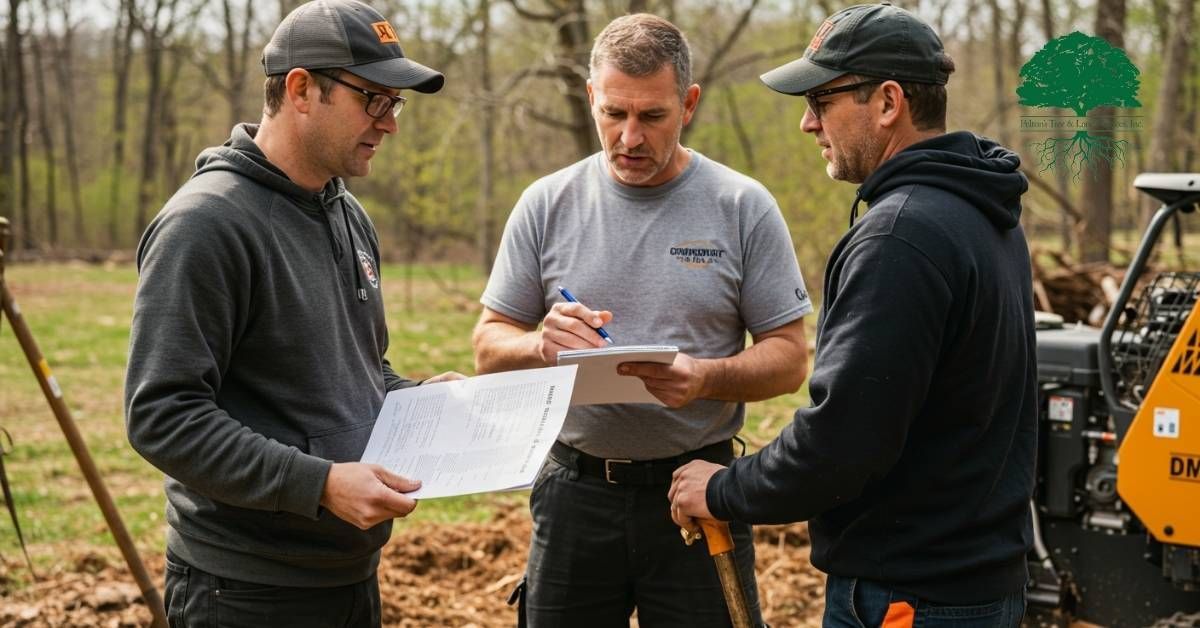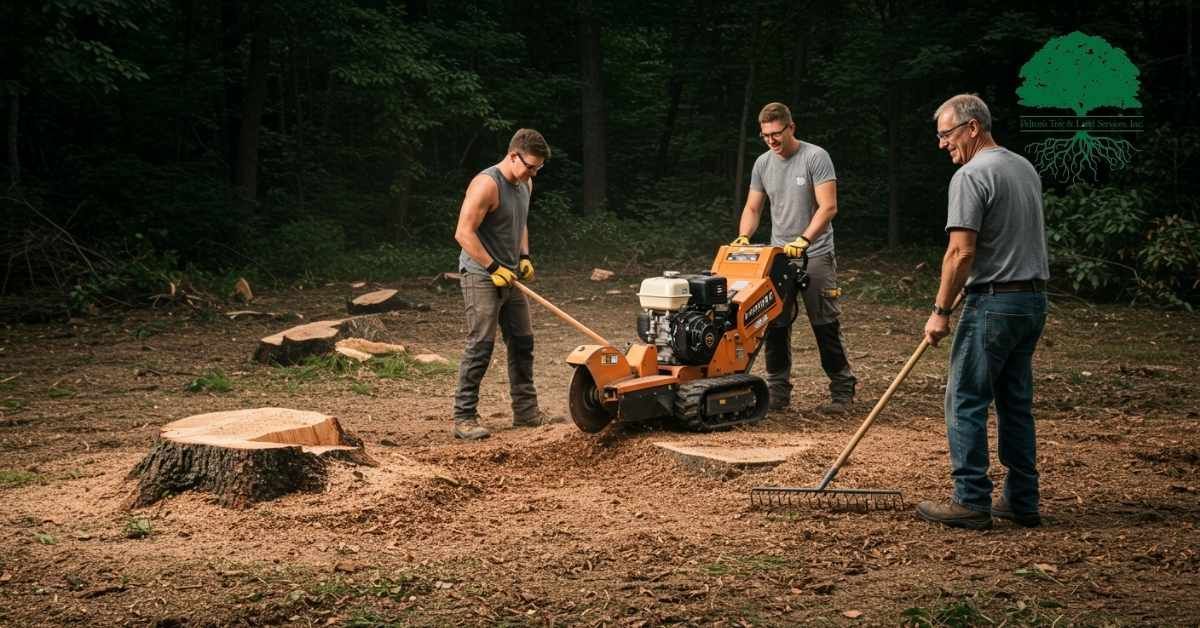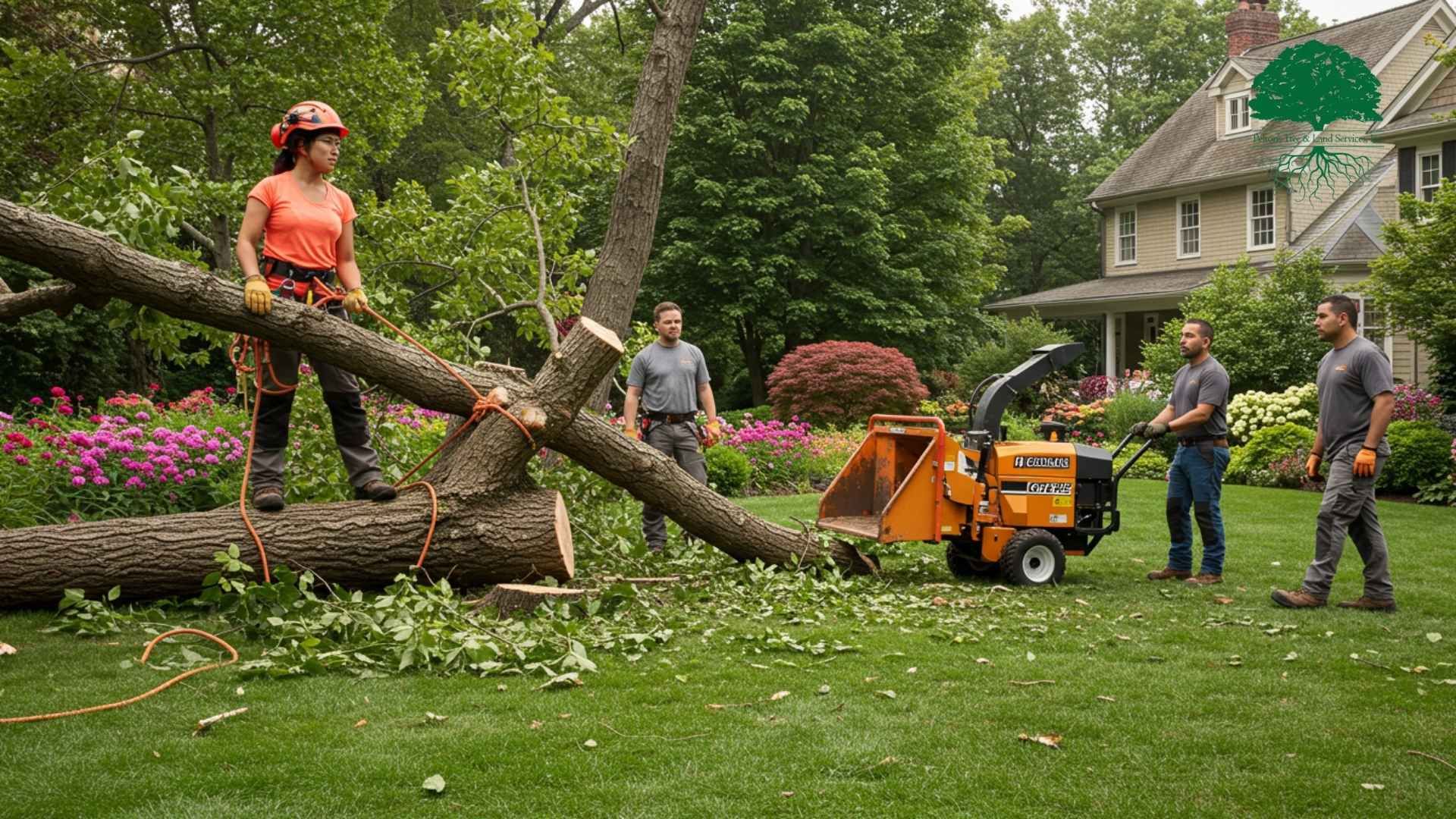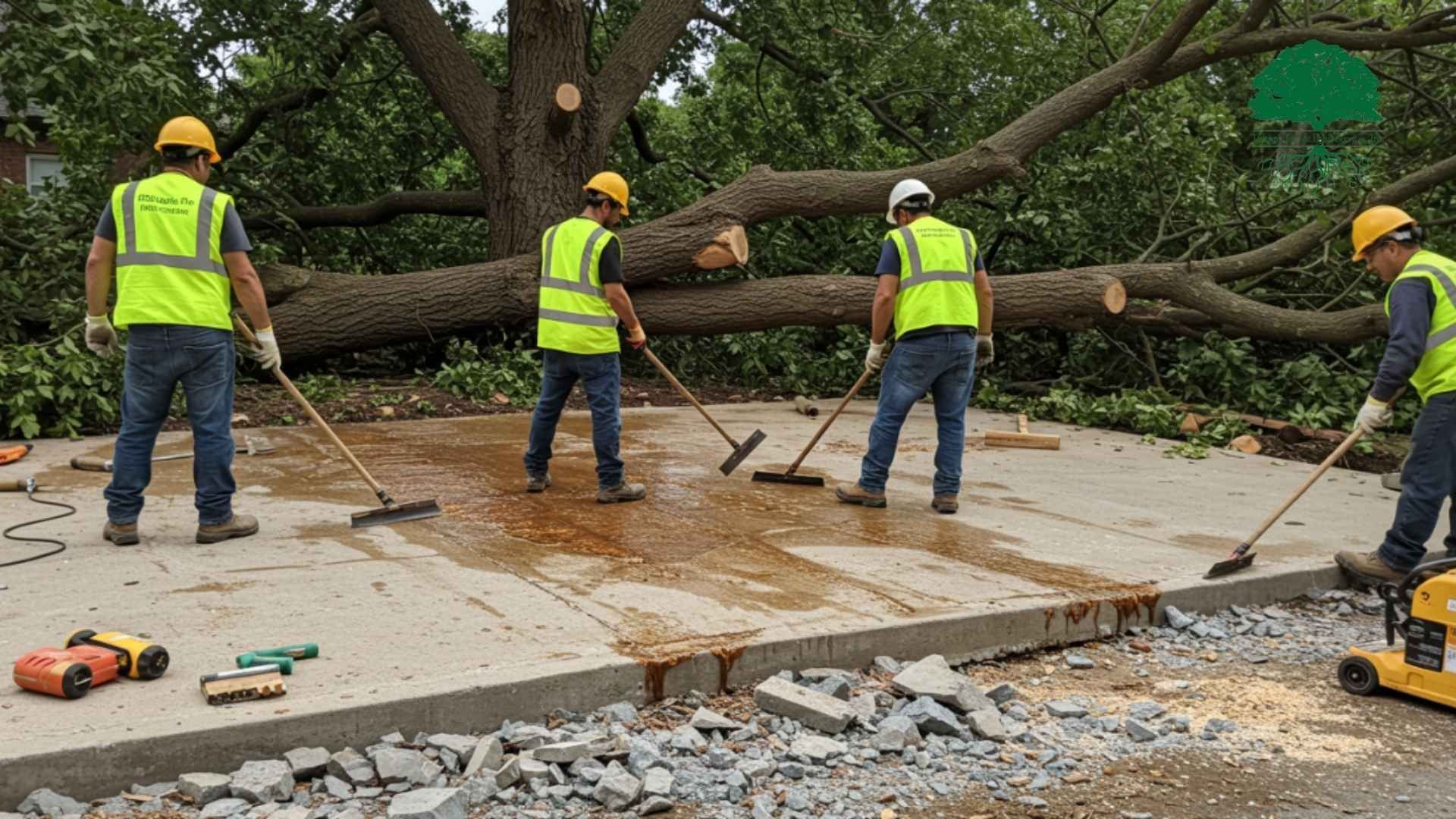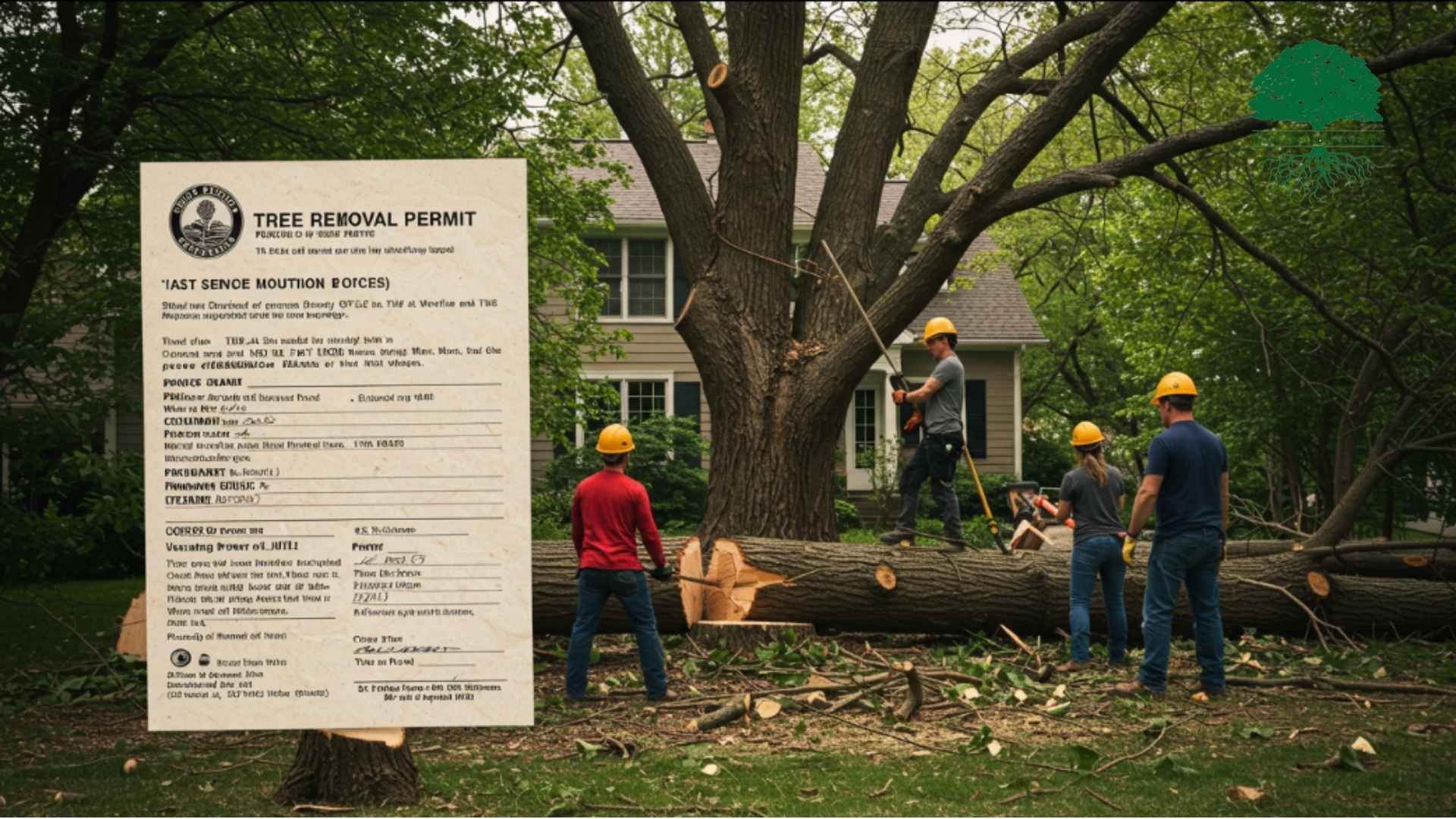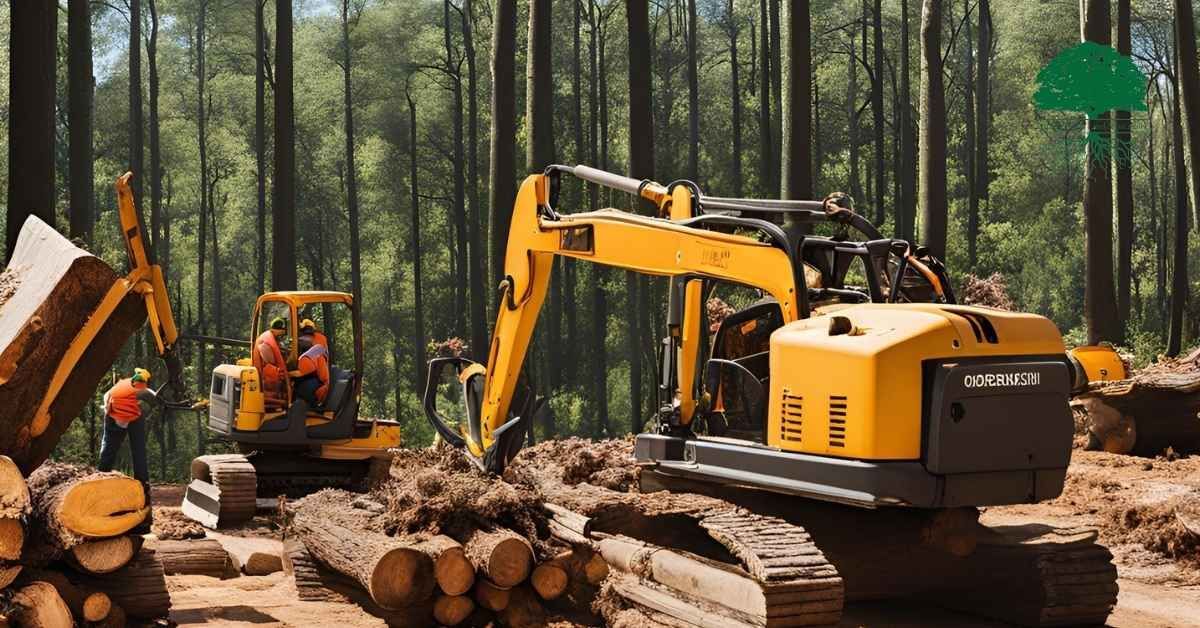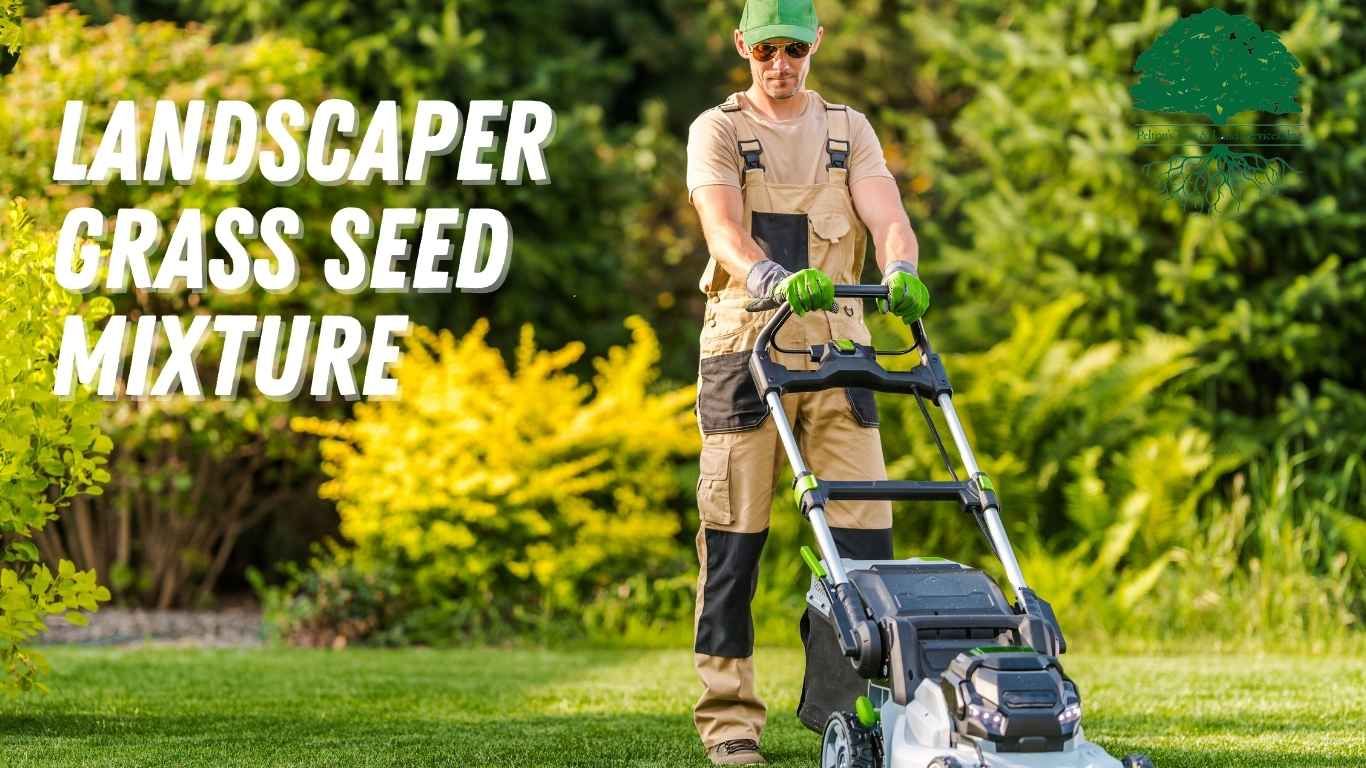How to Get Trees Removed for Free
Removing a tree can be a costly task, with prices often ranging from $200 to $2,000, depending on the tree's height, location, and the complexity of the removal. In some cases, the costs can escalate to as much as $10,000 for particularly large or difficult-to-remove trees. These expenses can be a significant burden, especially if the tree removal is urgent due to safety concerns or property damage risks. Fortunately, there are situations where you can get a tree removed for free, or at a reduced cost, by leveraging certain programs, services, and strategies. This comprehensive guide will walk you through the steps and options available to help you get trees removed from your property without breaking the bank.
Learn how to get trees removed for free by exploring options like utility companies, government grants, and barter systems for lumber.
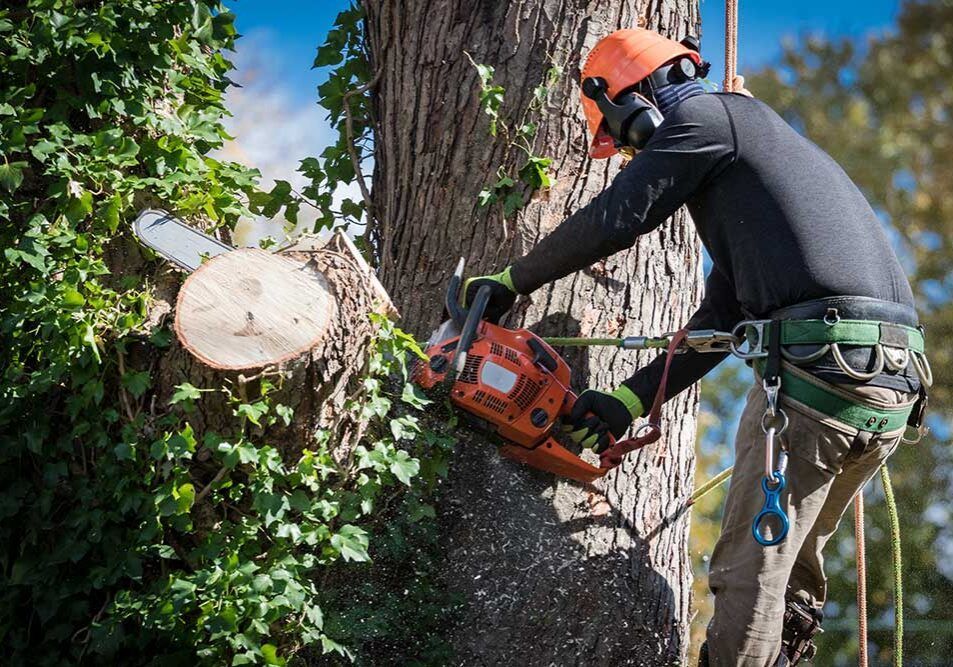
Understanding the Challenges of Free Tree Removal
Before diving into the specific methods for getting trees removed for free, it's important to understand why free tree removal is rare and the factors that influence the cost. Professional tree removal requires specialized equipment, skilled labor, and often involves significant safety risks. These factors contribute to the high cost of tree removal services. Additionally, tree removal companies are businesses that need to cover their expenses and make a profit, so offering free services is generally not feasible unless there is a clear benefit for them, such as acquiring valuable lumber.
Situations Where Free Tree Removal Might Be Possible
While free tree removal is uncommon, there are specific situations where it might be possible:
- Public Safety Concerns:
If a tree is posing a significant threat to public safety, such as blocking a roadway or interfering with power lines, your local government or utility company might remove it for free.
- Tree on Town Property:
Trees that are located on town or city property, even if they are adjacent to your land, may be eligible for free removal if they are deemed hazardous.
- Special Programs for Seniors, Veterans, or Disabled Residents:
Some local governments and organizations offer free or subsidized tree removal services for seniors, veterans, or individuals with disabilities as part of community assistance programs.
Step-by-Step Guide to Getting Trees Removed for Free
Step 1: Identify the Reason for Tree Removal
The first step in seeking free tree removal is to clearly identify the reason why the tree needs to be removed. Is it dead, diseased, or posing a safety risk? Understanding the reason can help you determine the best course of action and whether you might qualify for free removal services. For example, a tree that is interfering with power lines may be removed by the utility company, while a hazardous tree on public property might be handled by the local government.
Step 2: Contact Your Utility Company
If the tree is near power lines or utility infrastructure, your first point of contact should be your local utility company. The Federal Regulatory Energy Commission (FERC) has regulations in place to manage vegetation that could interfere with power lines. Utility companies may send out a certified arborist to assess the situation and remove the tree if it poses a risk to the power supply. This service is typically provided at no cost to the homeowner because it is in the utility company's interest to maintain safe and reliable service.
Step 3: Reach Out to Local Government or Municipal Services
In some cases, local governments have programs in place to remove trees that pose a threat to public safety, such as trees that are dead, diseased, or obstructing public pathways. Contact your local municipality to inquire about
tree removal services. If the tree is on public land or is causing significant damage to sidewalks, roads, or public utilities, the city may remove it for free. Additionally, some towns offer grants or subsidies for tree removal, especially in areas prone to extreme weather or wildfires.
Step 4: Explore Government Grants and Assistance Programs
Certain areas, particularly those prone to wildfires or severe weather, may offer government grants for vegetation management and tree removal. These grants are often targeted at reducing the risk of property damage and promoting public safety. Check with your local county or city government to see if such grants are available in your area. Non-profit organizations dedicated to environmental management may also offer assistance for tree removal under specific circumstances.
Step 5: Advertise the Lumber
If the tree you need to remove is of a valuable species, such as oak, cherry, or walnut, you might be able to find a local lumber company or an individual willing to cover the cost of removal in exchange for the wood. Advertise the availability of the tree as lumber on local classifieds or online marketplaces. This can be a win-win situation where you get the tree removed for free, and the other party gains valuable wood. However, be sure to check local laws regarding the sale or trade of lumber from your property.
Step 6: Consult with Neighbors and Community Groups
Sometimes, community groups, local handymen, or neighbors might be willing to help remove a tree in exchange for the wood or simply as a goodwill gesture. This is especially true if the tree poses a shared risk or inconvenience, such as blocking a common pathway or potentially falling on multiple properties. Engaging with your community can be an effective way to find a cost-effective or free solution to tree removal.
Step 7: Consider Bartering or Negotiating Services
In some cases, you can negotiate with tree removal companies by offering something in exchange for their services. This could be the wood from the tree, future business referrals, or even offering to handle the cleanup yourself. Bartering can sometimes reduce or eliminate the cost of tree removal if you have something valuable to offer in return.
4. Conclusion
While free tree removal is rare, it's not impossible if you know where to look and how to approach the situation. By understanding the specific circumstances that might qualify for free removal, contacting the right authorities, and exploring alternative options like bartering or advertising lumber, you can potentially have a tree removed from your property at little to no cost. Always ensure that you are working within the legal framework and prioritize safety in any tree removal process.
5. Frequently Asked Questions (FAQs)
Can I really get a tree removed for free?
Yes, but only under specific circumstances. Free tree removal is usually only available if the tree poses a significant safety risk, is located on public property, or qualifies under certain government assistance programs. It’s always best to check with local authorities and utility companies to explore your options.
What types of trees are most likely to be removed for free?
Trees that are dead, diseased, or pose a risk to public safety (such as those interfering with power lines or obstructing public pathways) are most likely to be removed for free. Additionally, certain valuable tree species, like oak or cherry, might attract offers from lumber companies willing to remove them at no cost in exchange for the wood.
How can I save money on tree removal if I can’t get it done for free?
If free removal isn't an option, there are several ways to reduce costs. Consider scheduling the removal during the off-season, clearing the area around the tree yourself to reduce labor costs, or offering to handle the cleanup after the removal. You might also sell or use the wood yourself to offset some of the expenses.
Is it safe to remove a tree myself to save money?
DIY tree removal can be dangerous and is not recommended, especially for large trees or those near structures and power lines. If you’re considering removing a tree yourself, ensure it is small, located in an open area, and that you have the necessary tools and experience. For larger or more complicated removals, hiring a professional is the safer and more cost-effective option in the long run.
Are there any legal considerations I should be aware of before removing a tree?
Yes, there are often legal regulations surrounding tree removal, especially for certain species or trees in specific locations. Always check with your local government or a certified arborist to ensure you have the necessary permits and that your tree removal complies with local laws. Removing a tree without proper authorization can result in fines or legal action.
Explore
Contact Information
2104 Graveline Road, Gautier, MS 39553
Call Us Today (228) 497-6107
Connect With Us
Copyright © 2024 Pelton's Tree and Land Services, Inc.
